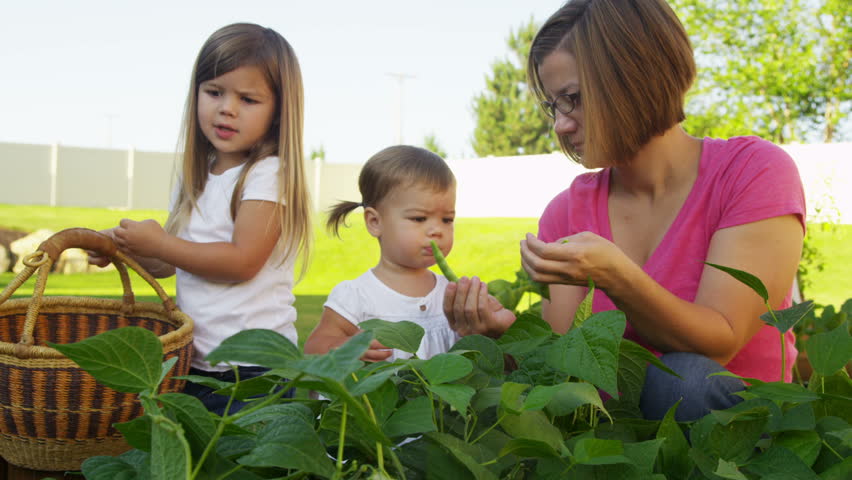By: Lisa Briggs | July 17th, 2019
The popularity of vegetable gardening shows no signs of plateauing, making your goal of eating in a more seasonal and local way easier than ever. Growers are introducing lots of new, and old, varieties. Designers are reworking standard tools in ergonomic ways. And information is so readily available. Many of us have planted vegetable gardens or have made room in our landscapes for fruiting plants. And at this time of year, we are starting to celebrate our harvests.
The delectable fruits and vegetables of summer are arriving at the markets. Luscious strawberries and crisp asparagus have given way to juicy red raspberries and delicate heirloom tomatoes. Crunchy, late summer apples and spicy peppers will soon grace our tables. So why wait for someone else to have all the fun producing these precious foods? You can grow all these gourmet varieties at home and they will be even more delicious when you pluck them fresh from the garden.
Many of the vegetable crops are starting to produce like gangbusters. We had a slow start, but the current warm weather is good for summer crops. Do keep your fingers crossed for some rainfall though. In general, watch for earwigs, flea beetles, and slugs. They’ll munch holes in everything, seemingly overnight. Observation is the key to catching a problem before it gets out of control. Look closely at your plants as you tend to them and you’ll notice when something is wrong.
Apply a layer of mulch to the rows between plants in your vegetable garden. You can use bark, straw or hay, shredded leaves or herbicide-free grass clippings. This will help to keep moisture in the soil and will discourage weed growth. Mulching also protects ripening vegetables from rot. Water the soil around the root area and try not to wet the leaves or fruits. You’ll have less mildew and other fungal diseases when you irrigate this way.
If you planted them, it’s time to harvest potatoes, garlic, and onions once the tops begin to die back. Pick peppers and tomatoes when they are fully colored. And be sure to keep your tomato plants evenly moist. This is the best defense against blossom end rot. Don’t forget to re-sow cool weather crops like lettuce, kale, beets, radishes, and carrots once the heat begins to moderate.
As for fruit, harvest your blueberries, cherries, and grapes as they ripen. You may need to put a net or row cover over the plants to protect the fruit from birds and animals. And once your summer-bearing raspberries are finished fruiting, remove those exhausted canes. With the fall-bearing varieties, you’ll have to wait until next month for the fruit to ripen, but they’ll produce until frost.
You didn’t have time to plant your own? No problem! Just patronize one of the many local farmers’ markets. The food is fresh and beautiful, sold at good prices, and you are being green by eating food that hasn’t been trucked hundreds of miles. Another fun food thing to do, especially if you or your kids have never seen how vegetables grow, is to visit a pick-your-own produce farm. The Tree Farm out on Highway 19 East is close by and quite an experience for anyone who has never seen how vegetables grow.
Check their website for vegetable availability and farm hours at www.thetreefarm.net


